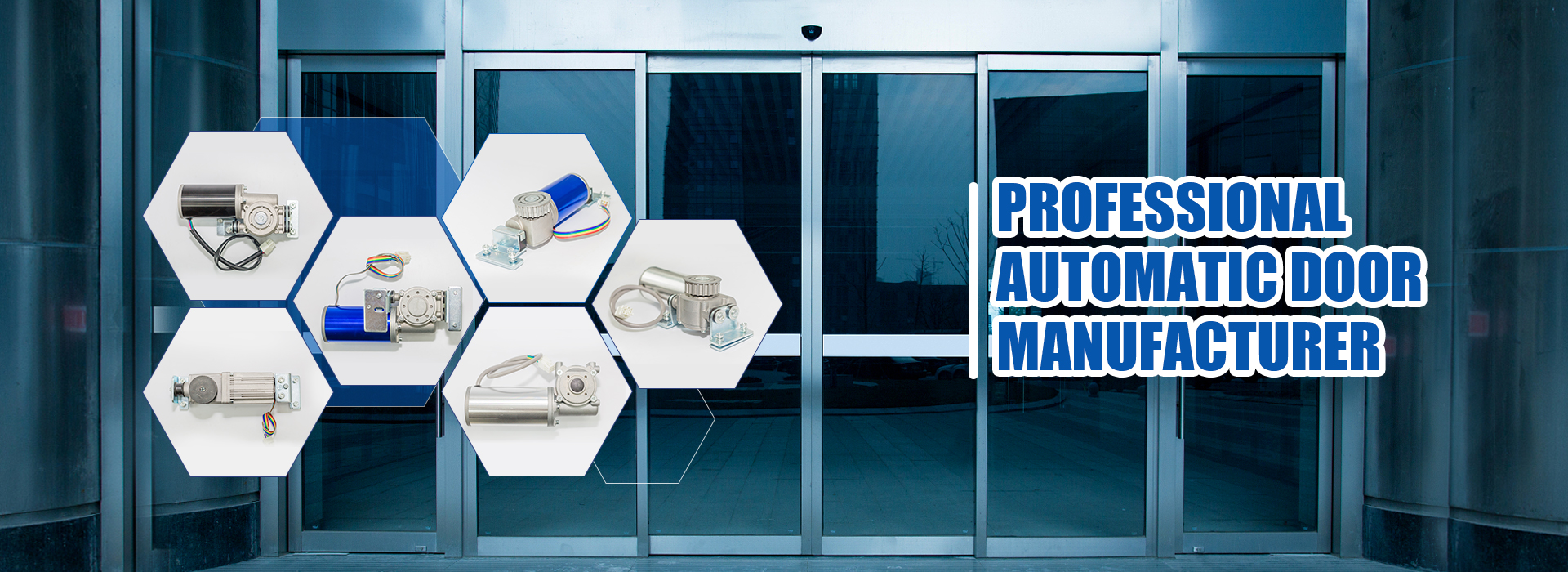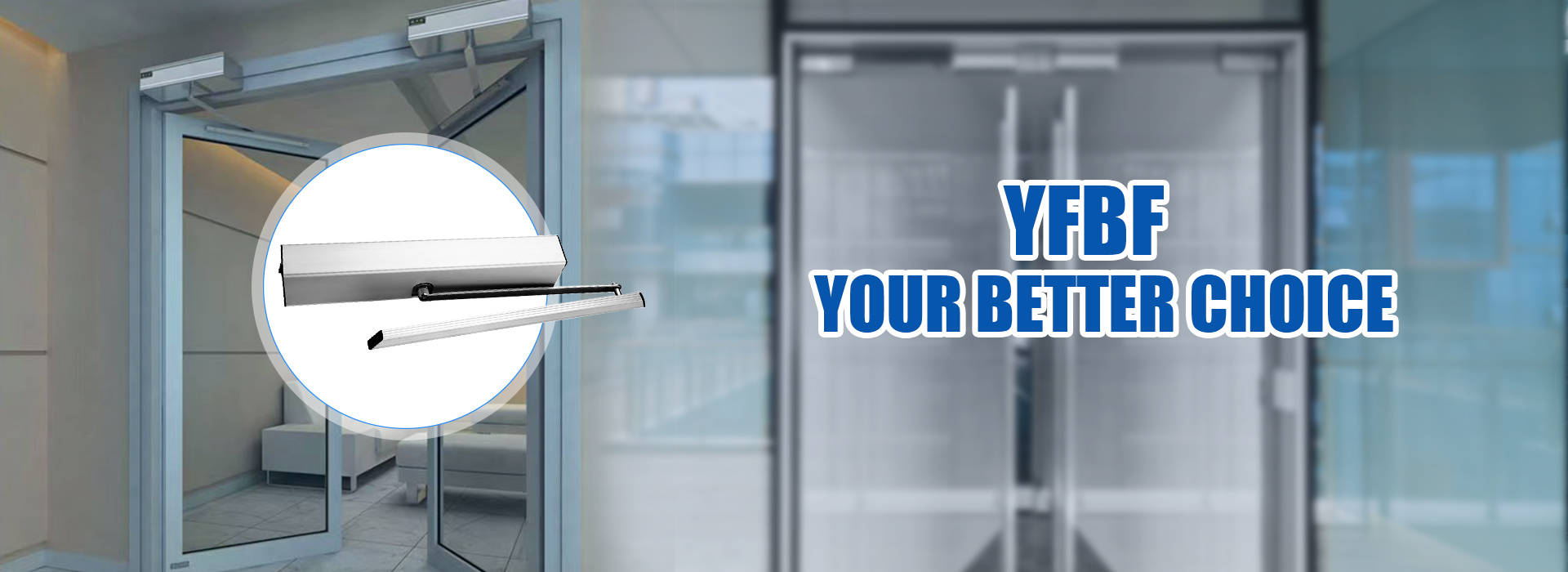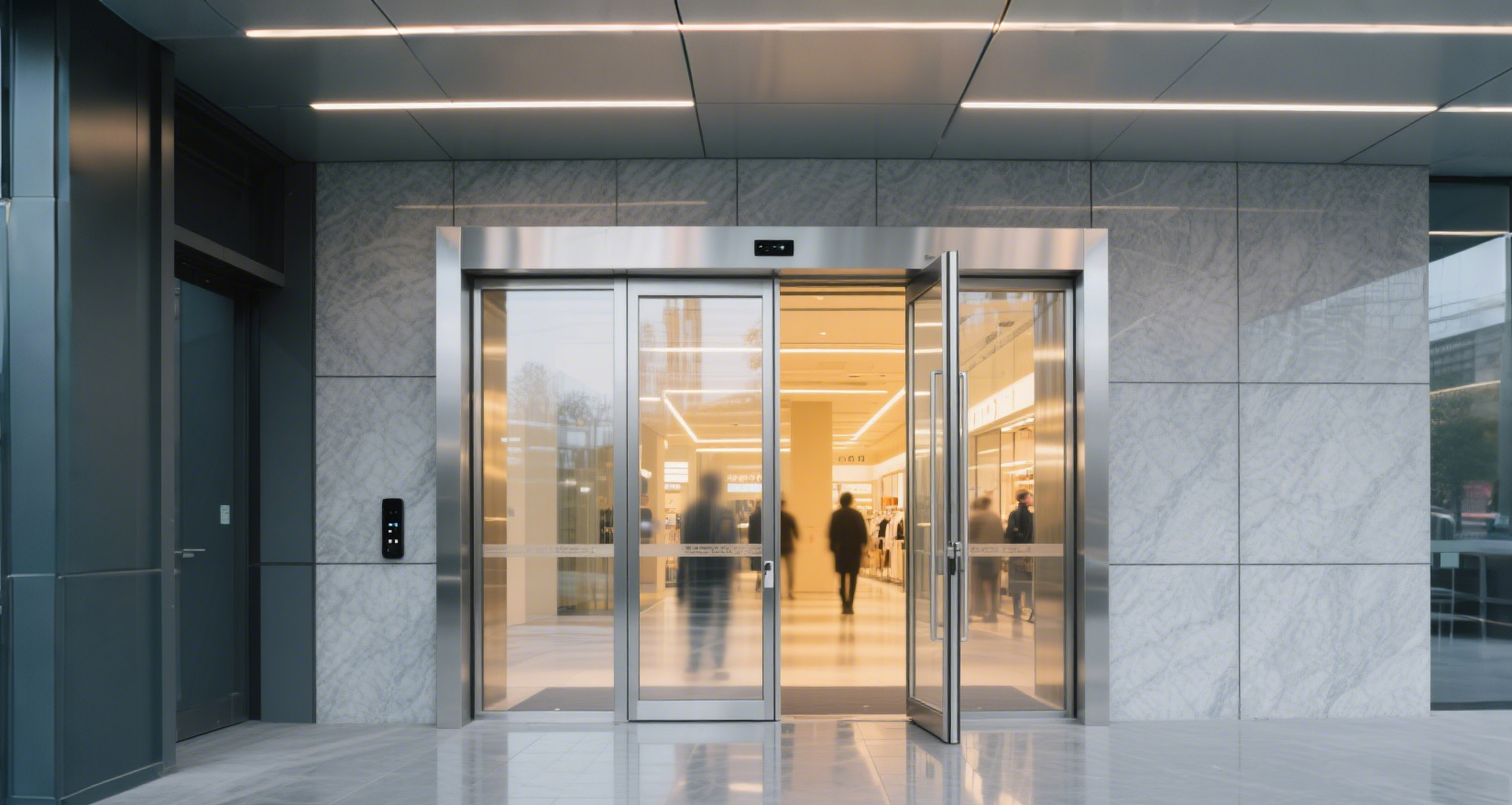
An Automatic Sliding Door Operator fits many locations. Door type, size, available space, and installation conditions matter most. People see these factors shape how well the system works in homes, businesses, or public buildings. Choosing the right fit helps create safer, more convenient, and welcoming entrances.
Key Takeaways
- Measure your door size and available space carefully to ensure the automatic sliding door operator fits well and works smoothly.
- Choose an operator with the right power supply, safety sensors, and adjustable settings to create a safe and convenient entrance.
- Plan installation by checking mounting surfaces and power access to avoid delays and enjoy reliable, easy-to-use doors.
Automatic Sliding Door Operator Compatibility Factors
Door Type and Size
Choosing the right door type and size is the first step in ensuring a successful installation. Sliding doors come in many shapes and materials, such as glass, wood, or metal. Each material affects the weight and movement of the door. Most automatic sliding door operators work best with standard door sizes. For single sliding doors, the typical opening ranges from 36 inches to 48 inches. Biparting sliding doors usually fit openings from 52-1/4 inches to 100-1/4 inches. Some sliding glass doors can span from 7 feet up to 18 feet. These measurements help people decide if their entrance can support an automatic system. Heavier or wider doors may need a more powerful operator. Always check the door’s weight and width before making a decision.
Space and Clearance
Space around the doorway plays a big role in the installation process. An automatic sliding door operator needs enough room above and beside the door for the track and motor. Walls, ceilings, and nearby fixtures should not block the path. People should measure the available space to make sure the system fits without problems. If the area is tight, a compact operator design can help. Proper clearance ensures the door moves smoothly and safely every time.
Tip: Measure both the width of the door and the space above it before choosing an operator. This step prevents installation surprises.
Power Supply and Installation
Every automatic sliding door operator requires a reliable power source. Most systems use standard electrical outlets, but some may need special wiring. The power supply should be close to the door for easy connection. Installers must check if the building’s electrical system can handle the new load. Some operators offer backup batteries to keep doors working during power outages. Professional installation ensures the system meets safety standards and works as intended. People who plan ahead with power and mounting needs enjoy smoother operation and fewer issues.
Top Features of an Automatic Sliding Door Operator
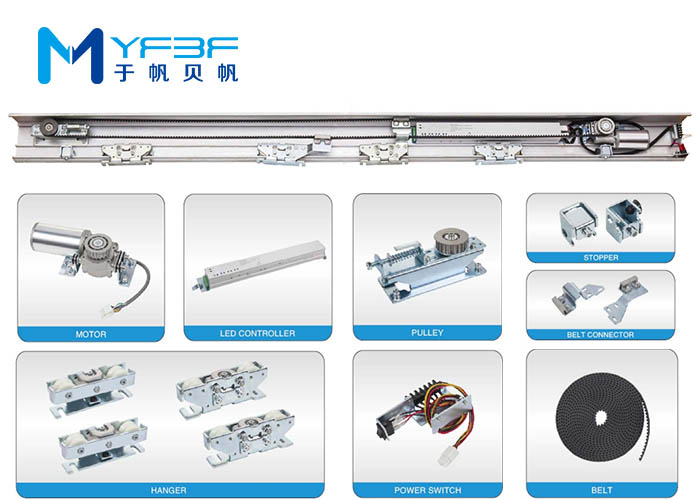
Adjustable Opening Width and Speed
People want doors that match their needs. An automatic sliding door operator offers adjustable opening width and speed. Users can set the door to open wider for large groups or narrow for single entry. Speed settings help control how fast the door moves. Fast opening suits busy places. Slow movement works best for quiet areas. This flexibility creates a smooth experience for everyone.
Weight Capacity
A strong operator handles heavy doors with ease. Many systems support single or double doors made from glass, wood, or metal. The operator lifts and moves doors weighing hundreds of kilograms. This feature ensures the door works well in hotels, hospitals, and shopping malls. Facility managers trust these systems to perform every day.
Safety and Sensor Options
Safety matters most in public spaces. Automatic sliding door operators use sensors to detect people and objects. These sensors stop the door from closing if something blocks the path. The door reverses or halts movement to protect users from injury. Sensors also help the door open and close at the right time. Regular testing and calibration keep sensors working well. This technology reduces the risk of accidents and meets safety standards.
Note: Safety sensors make entrances safer for everyone. They prevent doors from closing on people or objects.
Customization and Integration
Modern operators offer many customization options. Users can choose special sensors, backup batteries, or smart controls. Integration with building security systems adds another layer of protection. Facility managers select features that fit their needs. Customization helps create a welcoming and secure entrance.
Automatic Sliding Door Operator Fit Checklist
Measure Your Door and Space
Accurate measurements help ensure a smooth installation. People should start by measuring the width and height of the door. They also need to check the space above and beside the door. Enough room is needed for the track and motor. Obstacles like light fixtures or vents can affect placement. A tape measure and a notepad make this step easy. Taking clear notes helps installers choose the right system for the entrance.
Tip: Double-check all measurements before making a purchase. This step saves time and prevents costly mistakes.
Check Power and Mounting Requirements
Every Automatic Sliding Door Operator needs a reliable power source. People should look for an outlet near the door. If one is not available, an electrician can install one. The wall or ceiling must support the weight of the operator and track. Solid surfaces like concrete or strong wood work best. Installers should review the mounting instructions before starting. Planning ahead helps avoid delays and ensures safe operation.
Review Safety and Accessibility Needs
Safety and accessibility matter for every entrance. Operators must meet standards that help everyone use the door easily. The table below shows key requirements:
| Aspect | Requirement / Influence on Automatic Sliding Door Operators |
|---|---|
| Operable Hardware | Must be usable without tight grasping, pinching, or twisting; lever handles preferred |
| Mounting Height | Hardware should be 34–48 inches above the floor |
| Operable Force | Maximum 5 pounds to activate parts; up to 15 pounds for push/pull hardware |
| Opening Force | No more than 5 pounds for interior doors |
| Closing Speed | Door must take at least 5 seconds to close safely |
| Hardware Clearance | At least 1.5 inches clearance for easy use |
These standards help create safe, accessible entrances for everyone, including people with disabilities. Meeting these needs builds trust and ensures compliance with important regulations.
Automatic Sliding Door Operator in Common Scenarios
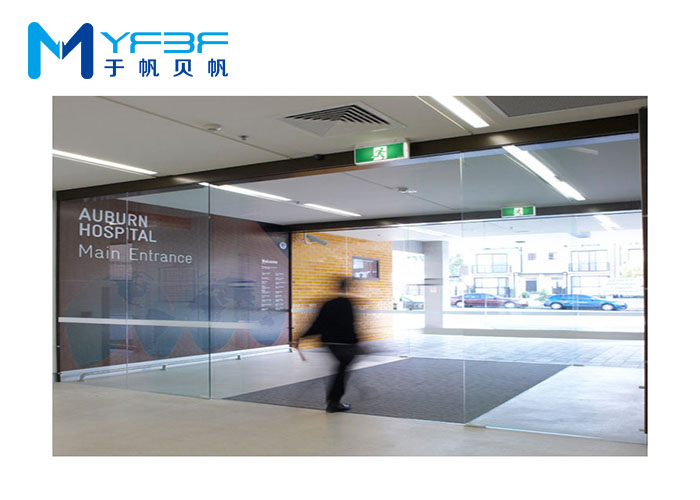
Residential Installations
Homeowners want easy access and modern style. An automatic sliding door operator brings both. It fits well in living rooms, patios, and balconies. Families enjoy hands-free entry when carrying groceries or moving furniture. Children and seniors benefit from safer, smoother door movement. Many people choose this system for its quiet operation and sleek look.
Tip: Installers recommend measuring the space before choosing a system for home use.
Commercial Spaces
Businesses need reliable entrances. Offices, retail stores, and restaurants use automatic sliding door operators to welcome customers. These systems help control indoor climate by closing doors quickly. They also support security by integrating with access control systems. Employees and visitors appreciate the convenience. Facility managers save time on maintenance because these operators work smoothly every day.
- Benefits for commercial spaces:
- Improved accessibility
- Enhanced security
- Energy savings
High-Traffic Entrances
Busy places demand strong solutions. Hospitals, airports, and shopping malls see hundreds of people each hour. An automatic sliding door operator handles heavy use without slowing down. Sensors detect people and objects, keeping everyone safe. The system adjusts speed and opening width for crowds or single users. Staff trust these doors to work during peak times.
| Scenario | Key Advantage |
|---|---|
| Hospitals | Touch-free access |
| Airports | Fast, reliable entry |
| Shopping Malls | Smooth crowd flow |
People can decide if an automatic sliding door operator fits by measuring their space, checking power needs, and reviewing safety. Helpful resources include:
- Maintenance checklists for safety and reliability
- Software for scheduling inspections and tracking door health
Professional tools help everyone find the right solution for any entrance.
FAQ
How does an automatic sliding door operator improve safety?
Sensors detect people and objects. The door stops or reverses to prevent accidents. This feature keeps everyone safe in busy spaces.
Can an automatic sliding door operator work during a power outage?
Backup batteries keep the door working when the power goes out. People can trust the door to operate in any situation.
Is installation difficult for most entrances?
Most installers find the process simple. Clear instructions and compact design help the system fit many spaces with ease.
Post time: Aug-26-2025

